Page 3
Author: Mark Vender
-
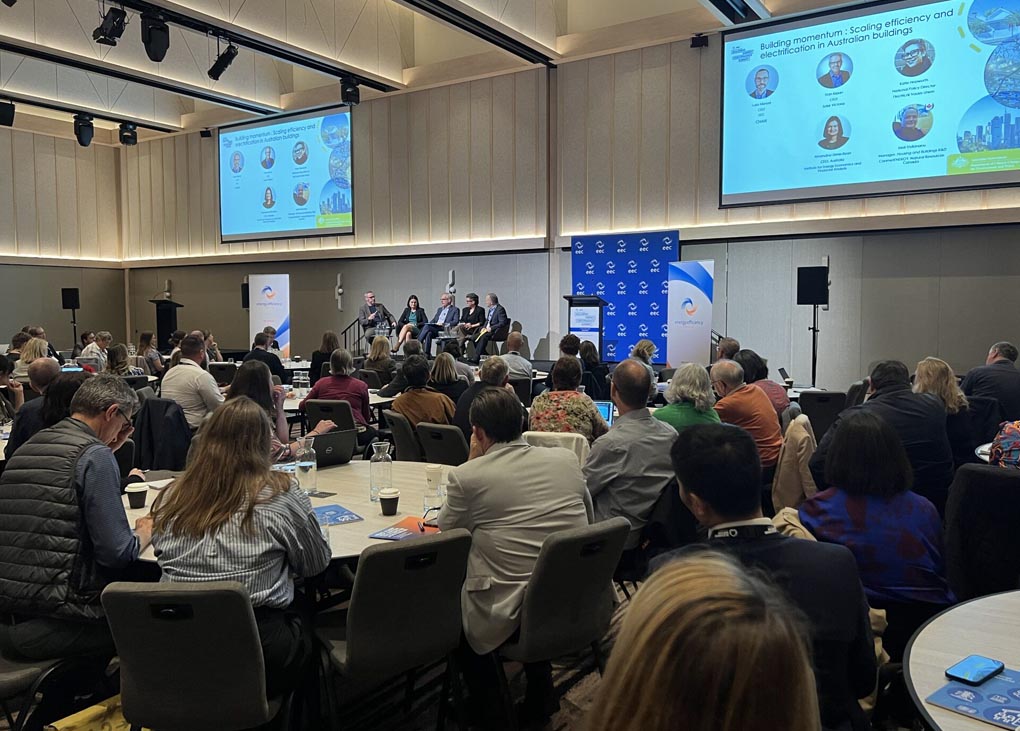
Lift off for NABERS embodied carbon tool
The much-anticipated NABERS Embodied Carbon rating tool has been launched at the EEC Buildings Energy Performance Summit in Melbourne. The tool will enable eligible new buildings and partial rebuilds to measure, verify, and compare their upfront embodied carbon with similar buildings. The launch is a major step forward in getting to grips with embodied carbon […]
-

GBCA offers masterclass on electrifying buildings
The Green Building Council of Australia is running an online masterclass on electrifying existing buildings on Tuesday, December 10. The course covers: “The electrification of Australia’s built environment is an imperative step on the path to decarbonisation,” says the GBCA. “But as we move away from fossil fuels, finding new, innovative, affordable and reliable ways […]
-
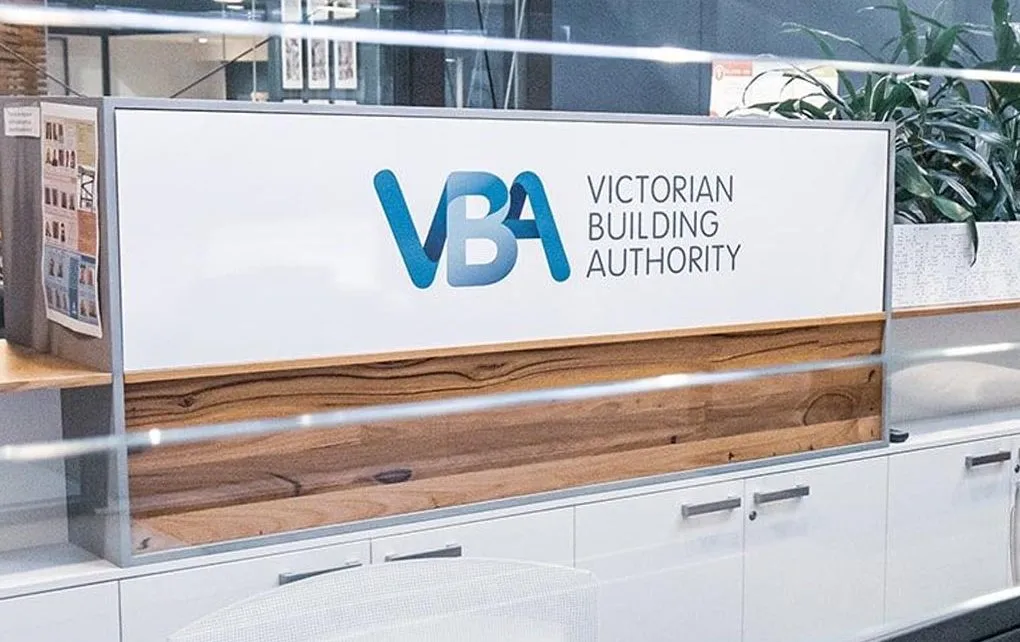
Victoria announces new building watchdog
In response to concerns about failures in the VBA and other regulatory bodies, the Victorian government has announced a new commission.
-

Electrical work to be cut out of HVAC&R training?
Proposed changes to RAC training could stop technicians performing electrical work that is currently part of their job.
-
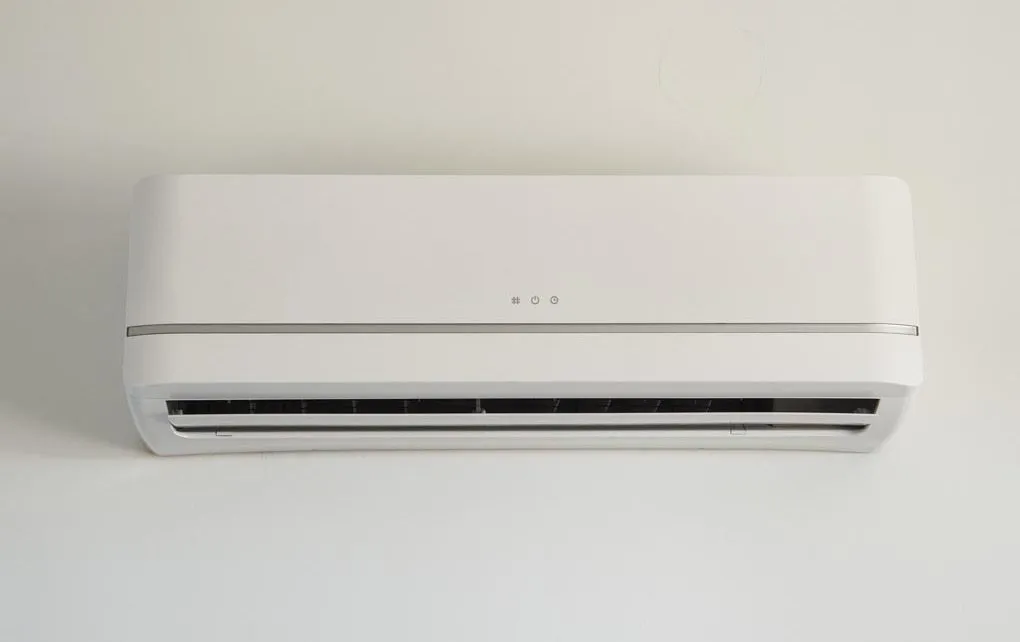
Government responds to feedback on VEU program
In response to feedback from installers and customers, the Victorian government is proposing amendments to the VEU program.
-
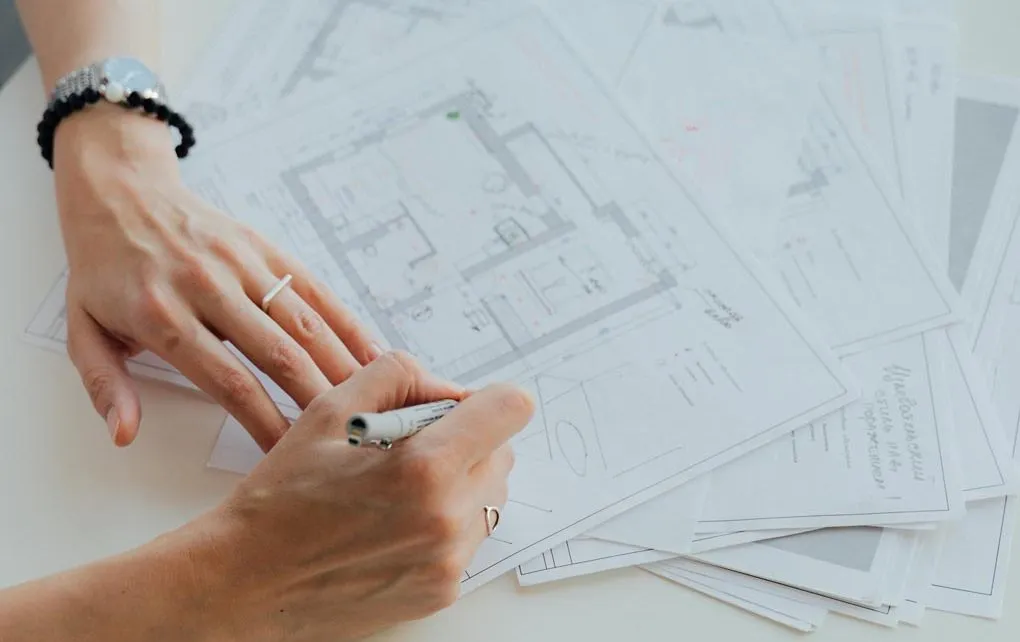
Coalition plans 10-year freeze on NCC
Opposition leader Peter Dutton has unveiled a suite of policies aimed at boosting housing supply in Australia, including a commitment to freeze changes to the National Construction Code for 10 years. This would reduce costs by halting further requirements for energy efficiency, safety and amenity in new houses. Certainty for builders “At a time of […]
-

FMANZ offers compelling case for improving IAQ
FMANZ has released a report that presents a compelling economic case for improving IAQ in New Zealand’s buildings.
-
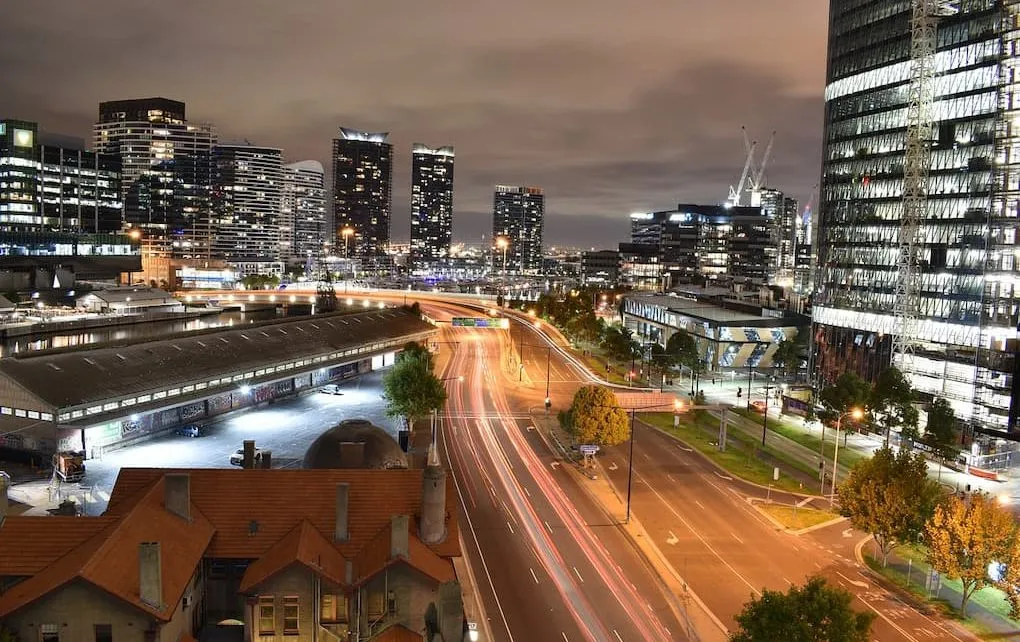
Victoria’s energy incentive scheme powers ahead
The Victorian government is proposing changes to the Victorian Energy Upgrades (VEU) program, including an extension of the term of the program, stronger enforcement powers for the regulator, and more flexibility around certificates. Under the VEU program, households and businesses can access incentives to install energy-efficient appliances. In 2023, the program was updated to support […]
-
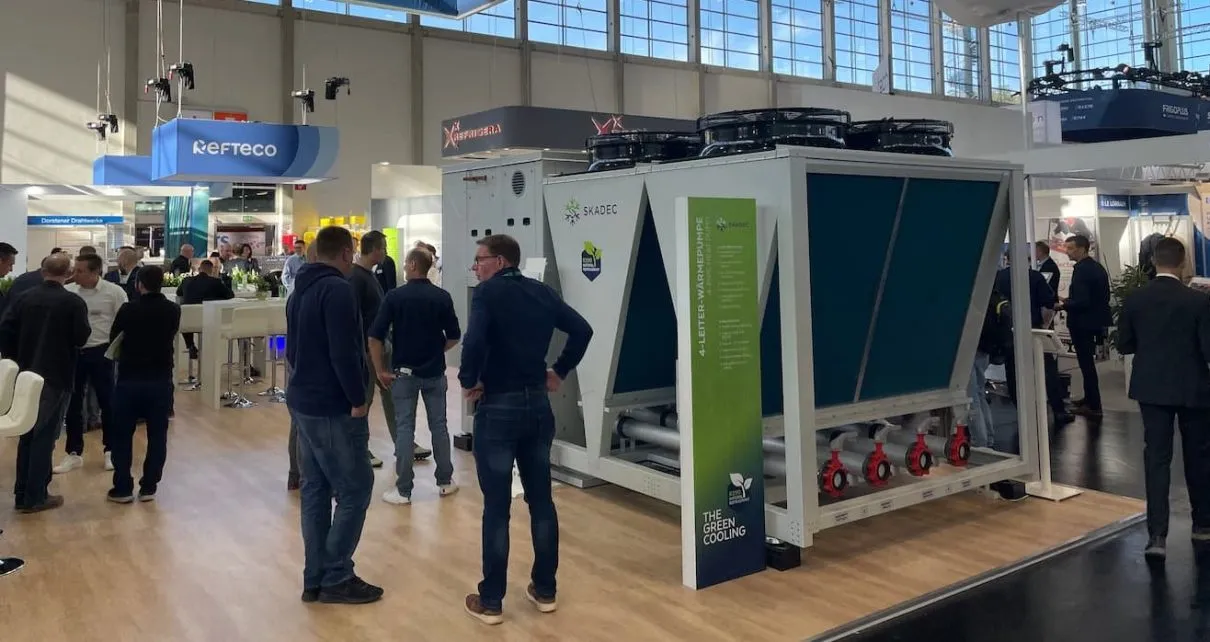
Chillventa 2024: a participant’s view
The HVAC&R world recently came together in Germany for the gigantic Chillventa exhibition. Stefan Jensen, L.AIRAH, shares his observations.
-

Northern Territory announces amendment to NCC
The NT government has announced that minor amendments have been made to Building Note 113.
-

ESIA to provide update on energy savings incentives
The Energy Savings Industry Association (ESIA) is hosting a one-day, in-person seminar in Sydney on Friday, October 18 to unpack major developments for the NSW Energy Savings Scheme (ESS) and Peak Demand Reduction Scheme (PDRS). The event will bring together policy-makers and regulators, accredited certificate providers, energy retailers, brokers, product suppliers, installers, auditors and other service providers. According to […]
-

Australia and NZ go separate ways on occupation codes
The Australian Bureau of Statistics (ABS) and Statistics New Zealand have announced each country will introduce its own tailored occupational statistical classifications, while at the same time maintaining comparability,
-

NABERS delivers detail with new progress metric
NABERS has introduced a rating progress metric – a one-decimal place indication of where a rating sits between a whole or half-star value, allowing more granular tracking over time.
-
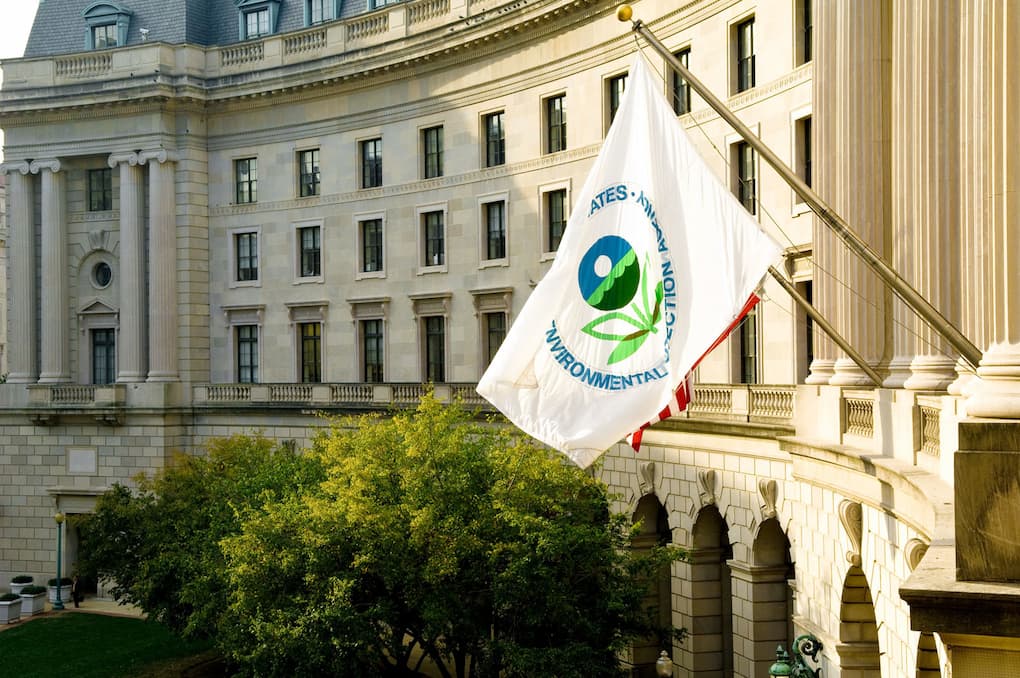
US EPA confirms final pillar of HFC phase-down plan
The US EPA has announced a final rule to establish a new program to better manage, recycle, and reuse HFCs under the AIM Act.
-
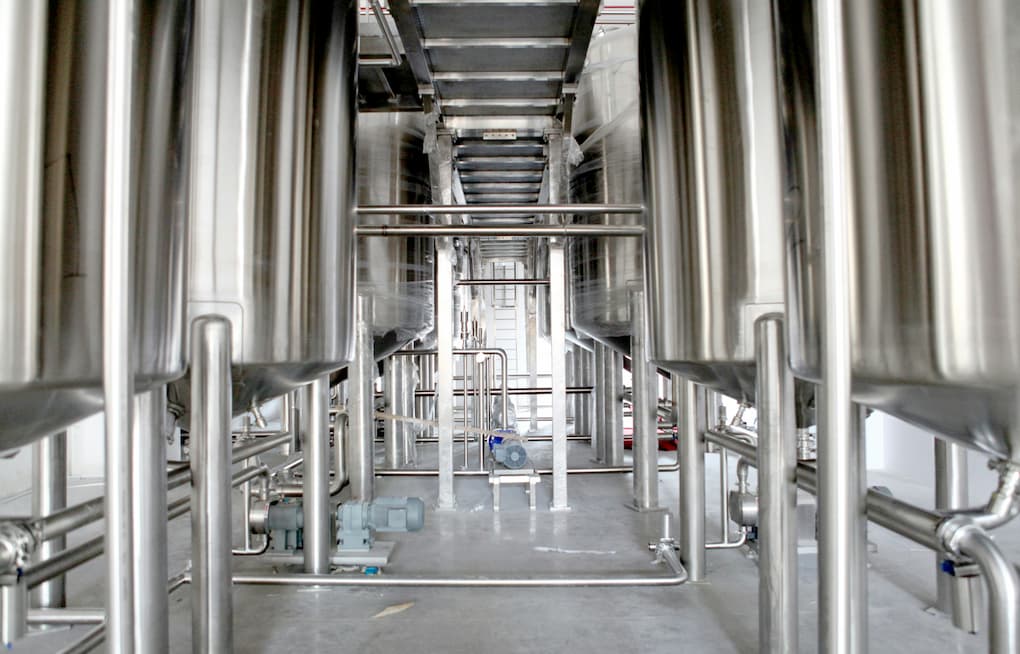
Tackling the challenge of industrial heat
The Australian Alliance for Energy Productivity (A2EP) is running the Australian Renewable Heat Conference in Sydney from September 25–26.
-

Victoria gets cooking on gas substitution
The Victorian government has revealed its next steps in shifting away from fossil gas and electrifying residential and commercial buildings.
-

Standards Australia seeks emerging leaders for NEXTgen
Applications for Standards Australia’s 2025 NEXTgen program are now open. Standards Australia’s NEXTgen Program selects emerging industry and technical experts and provides them with an opportunity to become involved in the national and international standardisation processes supporting Australian industry and government. The program has been designed to provide training and direct exposure to the standards […]
-
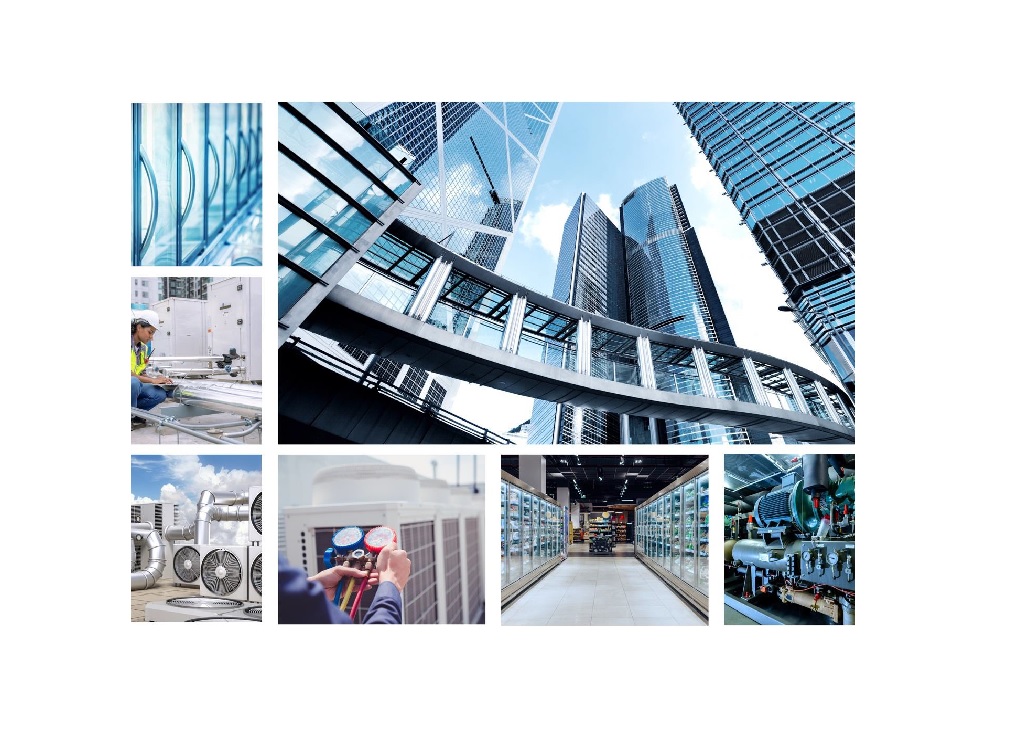
Cold Hard Facts 4 released
The much-anticipated Cold Hard Facts 4 report has been released, providing a bird’s-eye view of the local HVAC&R sector and highlighting the need for direct action to transition away from high-GWP refrigerants if Australia is to meet its international obligations under the Montreal Protocol.
-

Charting a course to net zero
The Climate Change Authority has released its review of the potential technology transition and emissions pathways for the Australian government to reach net zero emissions by 2050.
-
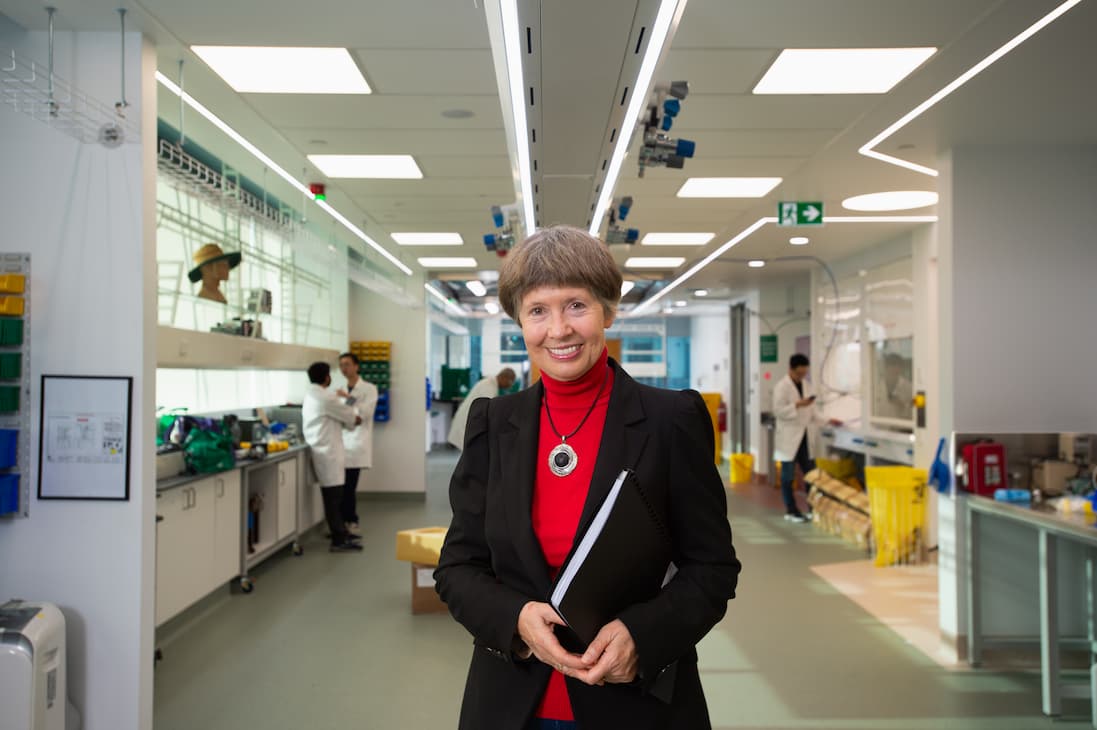
Researchers raring to build IAQ knowledge
As Australia gradually wakes up to the immense opportunity of improving indoor air quality, research and pilot projects will play a critical role in building evidence and momentum. The ARC Training Centre for Advanced Building System against Airborne Infection Transmission (THRIVE), hosted by the Queensland University of Technology, is home to many such projects.